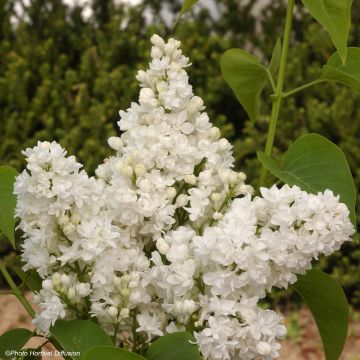Hedge Lilac
Would this plant suit my garden? Set up your Plantfit profile →
Available in 2 sizes
Available in 1 sizes
Available in 2 sizes
Available in 1 sizes
Available in 1 sizes
Available in 1 sizes
Available in 3 sizes
Available in 3 sizes
Available in 2 sizes
Available in 2 sizes
Available in 3 sizes
Available in 3 sizes
Available in 1 sizes
Available in 2 sizes
Available in 1 sizes
Available in 1 sizes
Available in 1 sizes
Available in 1 sizes
Available in 1 sizes
Available in 1 sizes
Available in 2 sizes
Available in 2 sizes
Available in 2 sizes
Available in 1 sizes
Available in 1 sizes
Available in 2 sizes
Available in 0 sizes
Available in 1 sizes
Available in 1 sizes
Available in 1 sizes
Available in 0 sizes
Available in 1 sizes
Available in 0 sizes
Available in 1 sizes
Available in 1 sizes
Available in 1 sizes
Available in 1 sizes
Available in 1 sizes
The Common Lilac, Syringa vulgaris, is a vigorous deciduous bush used for hedges, prized for its fragrant spring flowering in clusters, ranging from single to double. It comes in shades of white ('Madame Lemoine'), pink ('Belle de Moscou'), mauve ('President Grevy'), violet, and even purple ('Charles Joly'). Hardy, undemanding, requiring little maintenance, with a charm that is both romantic and wild, it is an excellent hedge plant. Syringa vulgaris can reach up to 5m (16ft) in height at maturity and can spread up to 3.50m (11ft), with an upright habit and dense foliage. Its flowering occurs in April and May, diffusing a very pleasant, floral, and sweet fragrance. Highly appreciated by butterflies, its flowers are also prized in bouquets. Some old varieties tend to spread through suckering, which can be useful when creating a flowering and natural hedge. All common lilacs can be used for hedges.
Easy to grow in any well-drained soil, in almost all climates, the Common Lilac is an essential bush or small tree in a flower garden. In a mixed hedge, it can be planted alongside mock oranges (Philadelphus), beautybush, Forsythias, and other butterfly bushes with successive flowering periods.
Haven't found what you were looking for?


















































































